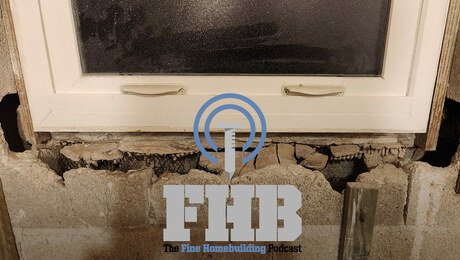Tilework
There must be something in the house you can’t tile, but the list of surfaces that respond beautifully to ceramic and other types of tile is very long indeed. Tile is a top choice for kitchen and bathroom floors, for kitchen countertops, mudroom floors, kitchen backsplashes, bathroom walls, and tub and shower enclosures. The reason is pretty simple: Few materials are as longwearing and available in so many patterns and colors as tile.
Materials used in setting tile are deceptively simple. There’s the tile itself, the stuff used to glue the tiles down, and the surface the tiles are installed over (what installers call the substrate). In reality, the variety of materials is very broad, adding a layer of complexity to any planned tile installation. How big should the tile be? What kind of pattern will look best in a long, narrow room? What kind of grout will be the most durable? What the heck is a “coefficient of friction” and why should I care about it? Should the tile be installed over cement backerboard or a specialized decoupling membrane?
A professional tile installer should, of course, know the answers to all of those questions. But one of the appealing things about tile is that working with it successfully is an accessible skill for builders and homeowners alike. An uncomplicated installation — a small pantry floor, for example, or a kitchen backsplash — is completely within reach when good advice and good materials are readily at hand. And that’s where Fine Homebuilding comes in. Got a question? One of our articles or videos will have the answer.
-
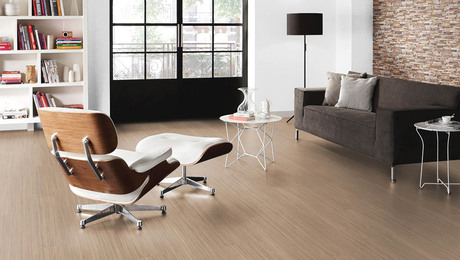 Sustainable and Stylish
Sustainable and Stylish -
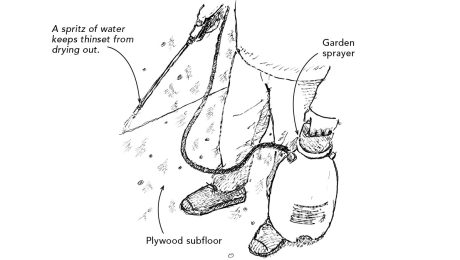 Better Thinset Bond Over Plywood Subfloor
Better Thinset Bond Over Plywood Subfloor -
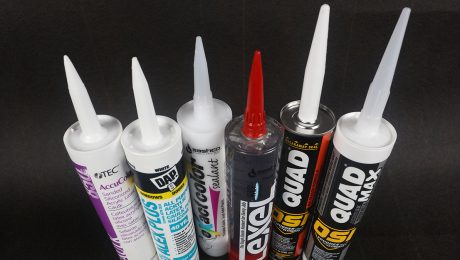 Avoid Silicone-Caulk Failures
Avoid Silicone-Caulk Failures -
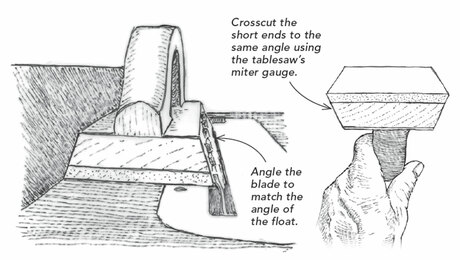 Good-as-New Grout Float
Good-as-New Grout Float -
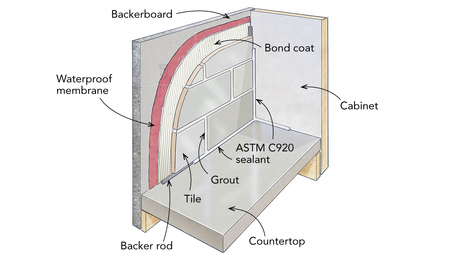 Caulking Tile Transitions
Caulking Tile Transitions -
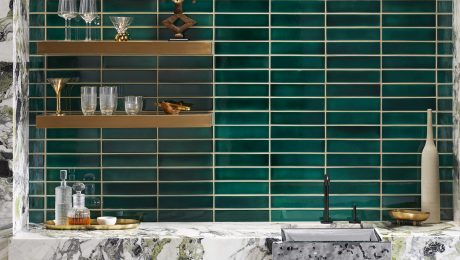 From Waste to Aesthetic Tile
From Waste to Aesthetic Tile -
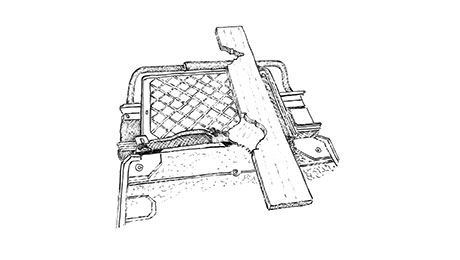 Lantern-Style-Tile Jig
Lantern-Style-Tile Jig -
Podcast 533: Missing-Middle Housing, Collateral Damage From Demo, and Midwest BS Symposium
-
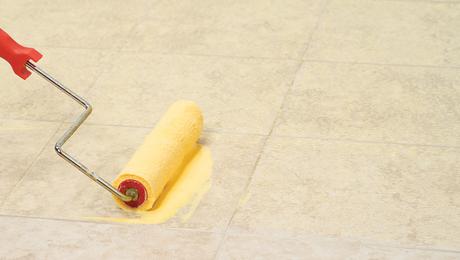 Prime Substrates for Better Tile Adhesion
Prime Substrates for Better Tile Adhesion -
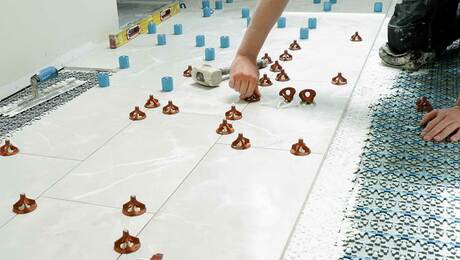 Choosing a Tile-Leveling System
Choosing a Tile-Leveling System
Fine Homebuilding Magazine
- Home Group
- Antique Trader
- Arts & Crafts Homes
- Bank Note Reporter
- Cabin Life
- Cuisine at Home
- Fine Gardening
- Fine Woodworking
- Green Building Advisor
- Garden Gate
- Horticulture
- Keep Craft Alive
- Log Home Living
- Military Trader/Vehicles
- Numismatic News
- Numismaster
- Old Cars Weekly
- Old House Journal
- Period Homes
- Popular Woodworking
- Script
- ShopNotes
- Sports Collectors Digest
- Threads
- Timber Home Living
- Traditional Building
- Woodsmith
- World Coin News
- Writer's Digest
